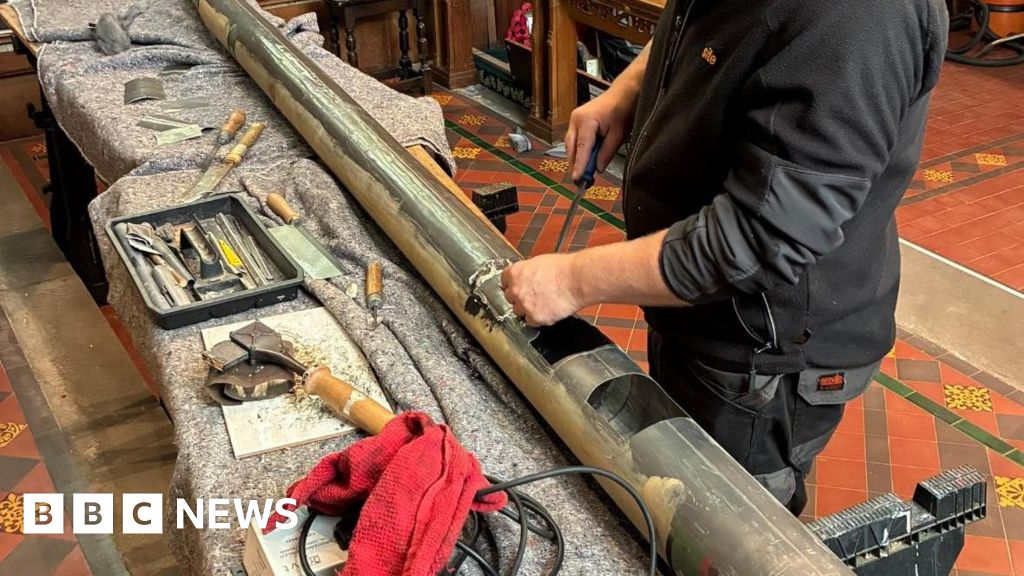A Church Organ’s First Deep Cleaning in Decades
The church organ in the Church of St. Peter & St. Paul, North Curry, Somerset, has undergone its first deep cleaning since 1973. This monumental task was necessary due to the organ’s complex nature, comprising thousands of parts including pipes, levers, and straps.
The Complexity of the Organ
The organ is completely analogous, meaning it is made up of mechanical components rather than digital ones. This complexity, combined with the sheer number of parts, made the cleaning and repair process extremely challenging. According to Julie Foy, an employee of the family company Lance Foy Organ, the organ was "three times as complicated and twice as cumbersome as other organs."
The Cleaning Process
The cleaning and repair work took a total of two months to complete. Due to the organ’s narrow and high structure, scaffolding was necessary to access all areas. This was a "rather unusual" requirement, according to Ms. Foy, who noted that ladders are typically sufficient for other organs. The process involved breaking down the organ into its individual components, cleaning and repairing each part, and then reassembling the instrument.
A Worthwhile Project
Despite the challenges, Ms. Foy expressed satisfaction with the results, stating that the organ is "a good organ and a worthwhile project." The company’s efforts will help preserve the organ for future generations, ensuring it continues to be a vital part of the church’s music and worship.
The Church’s History
The Church of St. Peter & St. Paul, where the organ is located, dates back to the 14th century and is a Grade I listed building. The church’s rich history and significance make the preservation of its organ all the more important. With the cleaning and repair work now complete, the organ is ready to continue providing beautiful music for years to come.
A New Lease on Life
The completion of the cleaning and repair work marks a new chapter in the life of the church organ. As Ms. Foy noted, "It is nice to know that it is now finished and will be preserved for future generations." The organ’s restoration is a testament to the importance of preserving our cultural heritage and ensuring that historic instruments like this one continue to be enjoyed by people of all ages.

